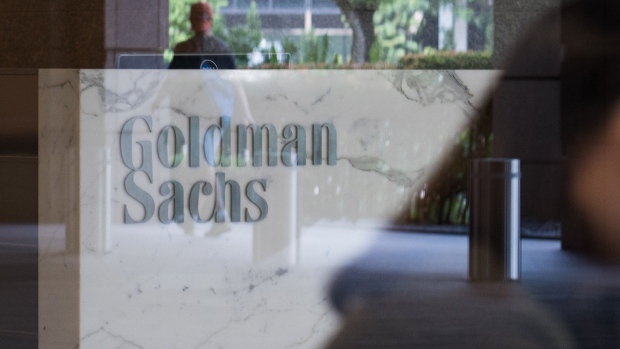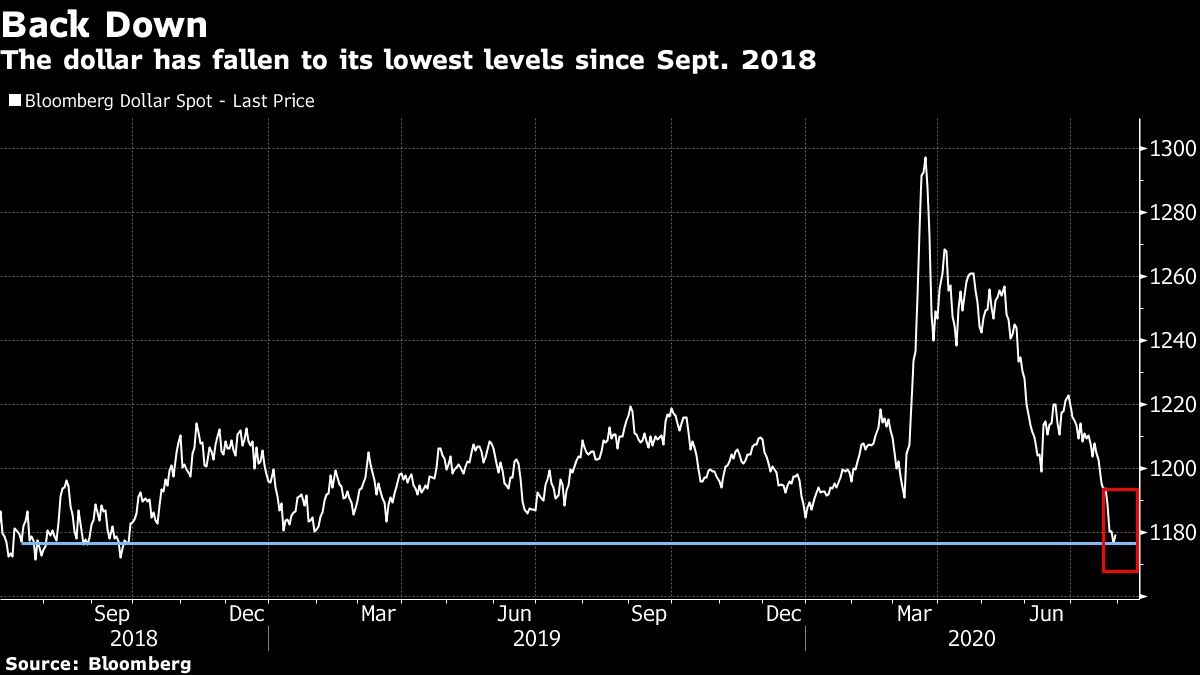Jul 30, 2020
Goldman says weaker greenback may signal less cross-border M&A
, Bloomberg News

Anyone counting on the weak U.S. dollar to liven up the merger-and-acquisition space may need to reconsider.
The greenback has sunk in recent weeks to around its lowest levels since September 2018 amid zero rates from the Federal Reserve, substantial monetary and fiscal stimulus programs and the U.S.’s struggle with COVID-19.
“Dollar depreciation generally coincides with declining cross-border M&A activity, and vice versa,” Goldman Sachs Group Inc. strategists led by Lotfi Karoui wrote in a note on Wednesday. “While the correlation is only modestly positive, it is somewhat counterintuitive.”
Investors often believe a weaker dollar will stoke M&A activity as American companies look cheaper to potential foreign buyers, the strategists said. But their analysis of U.S.-Europe deals shows the opposite is true. The reason: a strong dollar typically reflects robust growth in the U.S. relative to Europe, which in turn fuels interest from strategic buyers.

Other conclusions in Goldman’s report:
- Foreign demand for U.S. corporate bonds should stay robust through the end of the year. Funding and hedging costs have declined significantly recently -- and they have been negatively correlated with overseas demand since 2014.
- The relationship between the dollar and net foreign purchases of corporate bonds is virtually nonexistent.
- Both Yankee and reverse Yankee issuance show no correlation with dollar moves.








